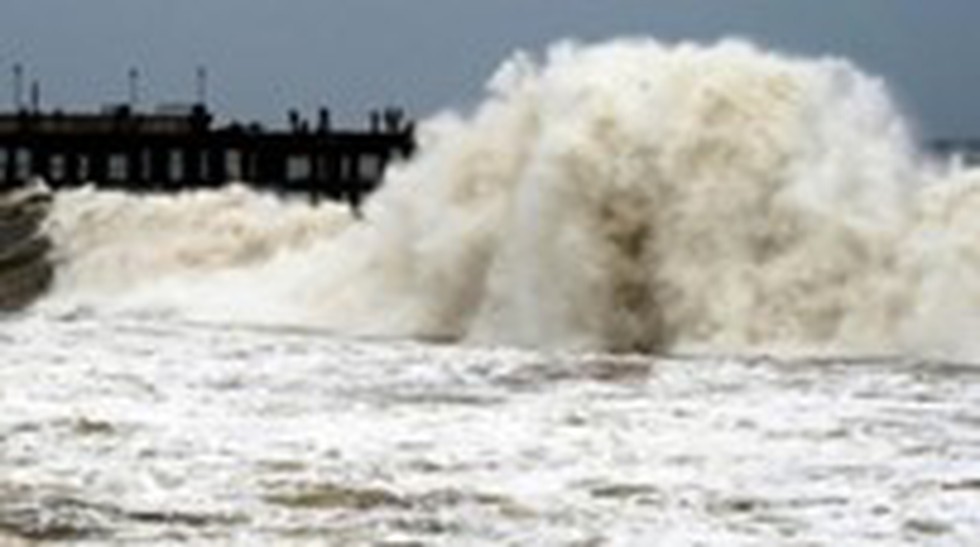About Pacific Decadal Oscillation (PDO):
- It is a long-term ocean fluctuation in the Pacific Ocean.
- The term PDO was coined in about 1996 by Steven Hare at the University of Washington.
- It can be known only after several years of measuring ocean temperatures and their interaction with the atmosphere.
- The PDO waxes and wanes approximately every 20 to 30 years.
- From ocean surface topography data, together with other ocean and atmospheric data, scientists can determine whether we are in a ‘cool’ phase or a ‘warm’ phase.
- Cool phase: It is characterised by a cool wedge of lower-than-normal sea-surface heights/ocean temperatures in the eastern equatorial Pacific and a warm horseshoe pattern of higher-than-normal sea-surface heights connecting the north, west and southern Pacific.
- Warm' or 'positive' phase: In this, the west Pacific Ocean becomes cool, and the wedge in the east warms.
How does this affect climate?
- The change in location of the cold and warm water masses alters the path of the jet stream.
- The jet stream in the northern hemisphere delivers storms across the United States.
